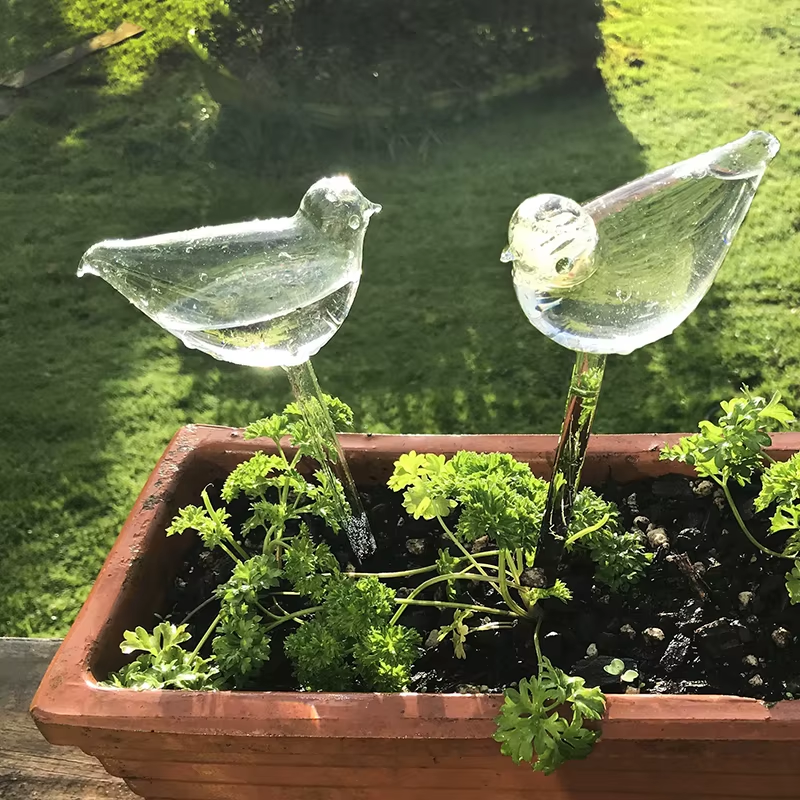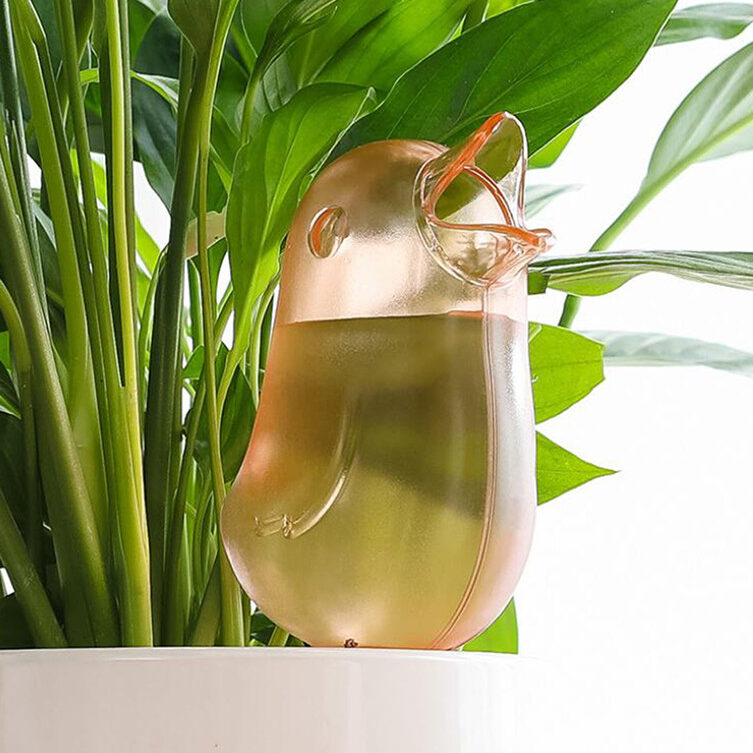


Watering plants without effort—sounds great, right? Self-watering systems promise just that. But not every passive or automatic watering solution is actually plant-friendly. In this article, you’ll learn why many common self-watering methods can be problematic, how they work—and how FYTA helps you keep your plants healthy the smart way.
Whether it’s clay spikes, watering globes, or pots with built-in reservoirs: Most self-watering systems operate passively and continuously. That means they release small amounts of water into the soil via capillary action. The concept is simple: Through porous materials (like clay) or wick systems, the soil pulls in water on its own—just through capillary force, no technology required.
Sounds great in theory. But most plants are adapted to alternating periods of moisture and dryness. Constantly moist soil goes against that natural rhythm.



In nature, plants experience alternating wet and dry periods. This rhythm is essential for:
Bottom line: What seems like a convenient solution can quickly become a problem—especially when the system delivers water continuously, regardless of whether the plant actually needs it.



Here’s an important distinction: Not all automatic watering systems are bad. In fact, many plant lovers successfully combine FYTA sensors with smart irrigation setups to automate plant care—but in a controlled, data-driven way.
The key difference?
The FYTA Beam measures real-time soil moisture and only signals a watering need when your plant actually requires it. This means you can integrate a smart watering system—but trigger it based on accurate sensor data, not on a fixed schedule.

The FYTA Beam is much more than a basic moisture sensor. It not only measures soil moisture, but also analyzes multiple plant-specific factors to deliver precise watering guidance:
The FYTA App shows you at a glance whether your plant actually needs water—regardless of whether you’re using clay spikes or a self-watering pot. That means: No more guessing, no more overwatering, and no more yellow leaves.
Self-watering systems can be useful—but not for every plant. Especially passive systems that continuously deliver water to the soil can do more harm than good.
With FYTA, you can automate plant care intelligently—using real data to support your decisions. That’s how you take the guesswork out of watering and meet your plants’ real needs.
Start your smart care journey now, and make plant watering work for your plants, not against them.
